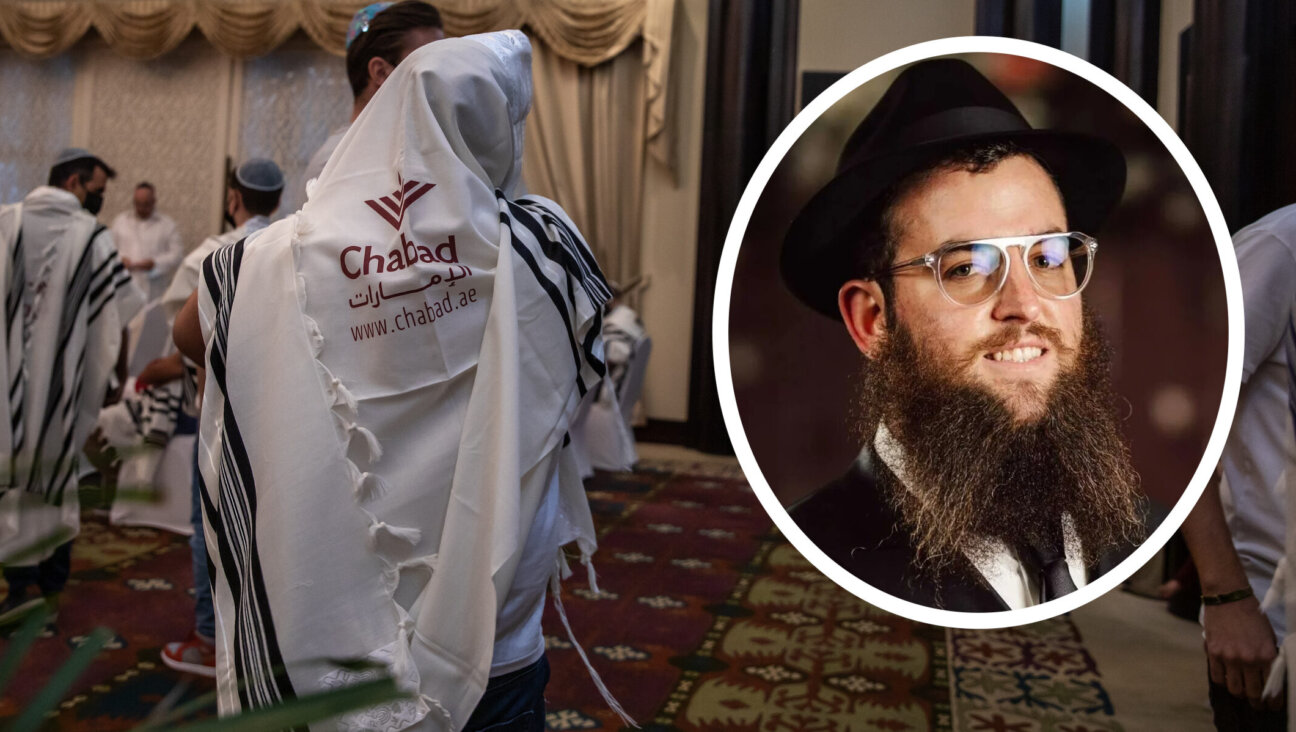Trading Garment Industry Tales With Steven Fischler

Image by Dressing America
When Steven Fischler producer with director with Joel Sucher of Pacific Street Films’ documentary “Dressing America: Tales from the Garment Center” contacted me about reviewing his film, I mentioned that in the 1950s I had worked for Michael Saphier Associates Inc. which designed the Koret of California showroom in the (then new) 1407 Broadway building central in his film.
What followed was a nostalgic trading stories session.
Revisting his years of fund-raising, Fischler mused: “[the film] became more historical than current…the documentary took on a life of its own…. We started with history, immigrant Jews of the late 1950s, the difference between Midwest fashion, New York fashion, the size of lapels…” He rattled off names of manufacturers and fashion houses including “Leslie Fay“ who invented the petite line (to which I am eternally indebted). “It evolved from the uniforms made for the WACS…he took sizing forms from the Army’s shorter women…. sent it to Filenes in Boston. Petites sold out immediately and he knew here was a new line!.”

Image by Dressing America
“We decided not to make a film about designers… but shifted focus to the people who really care and run the industry.” Included in the film’s historical overview of the 125 years’ history of Jews and the garment industry in America, and personality profiles there are clips from the 1932 film “Uncle Moses” with its sweatshop domain and union rumblings. It brought to mind the commercial jingle “Look for the union label.”
As Fischler cited various major labels and their creators, he mused: “We tried to get Ralph Lauren but he could not be scheduled.”
But the real focus, he said, was the influx and role of survivors into the garment industry. I told Fischler that in 1947-48 among the many “katzetnikes” (concentration camp survivors) — most in their late teens and early 20s —arriving at the Hotel Marseilles on Broadway and 103rd Street — were future garment industry movers, shakers. Born to, or raised in manufacturing-garment-related families — tailors, hat makers, and weavers in Europe– the garment industry became an extension of a past life. The young men were busy networking, wheeling and dealing. This one planned to open a dress shop, another was starting a stocking factory…. most landed as cutters and basters and machine operators in the Seventh Avenue kingdom.

Image by Dressing America
As Fischler rattled off a roster of past labels, I told him that some Suzy Perette and Koret of California, made-in America union-labeled garments are biding their time in my attic. How come? At the end of each of the four “ seasons”, the Koret salesman would call me: “Honey. Come down to the showroom and pick what you want.”
What Fischler and Sucher left out of the film was the voracious hunger and competition among salesmen to sell the “line” and the wining, dining and romancing of the women buyers on whose good graces they and their company’s welfare depended.
“Dressing America: Tales From the Garment Center” can be seen on Thirteen on 9/7 at 10:30 p.m.; WLIW on 9/11 at 10:00 p .m. & 9/12 at 1 a.m. It will be syndicated through American Public Television.
A message from our CEO & publisher Rachel Fishman Feddersen

I hope you appreciated this article. Before you go, I’d like to ask you to please support the Forward’s award-winning, nonprofit journalism during this critical time.
We’ve set a goal to raise $260,000 by December 31. That’s an ambitious goal, but one that will give us the resources we need to invest in the high quality news, opinion, analysis and cultural coverage that isn’t available anywhere else.
If you feel inspired to make an impact, now is the time to give something back. Join us as a member at your most generous level.
— Rachel Fishman Feddersen, Publisher and CEO























